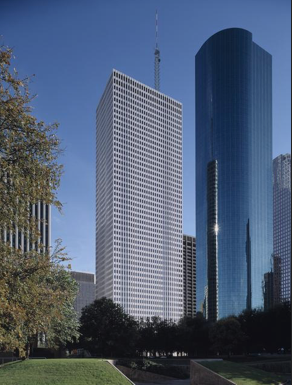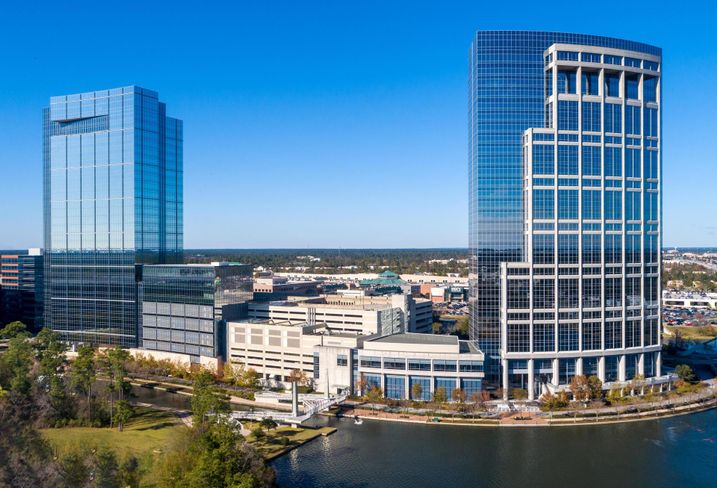 NEW YORK, Jan. 28, 2020 /PRNewswire/ — Hunt Real Estate Capital announced today that it has provided a Fannie Mae Multifamily Affordable Housing (MAH) Preservation loan in the amount of $18.1 million to refinance an affordable multifamily community located in Houston, Texas.
NEW YORK, Jan. 28, 2020 /PRNewswire/ — Hunt Real Estate Capital announced today that it has provided a Fannie Mae Multifamily Affordable Housing (MAH) Preservation loan in the amount of $18.1 million to refinance an affordable multifamily community located in Houston, Texas.
Copperwood Ranch Apartments is a 280-unit, garden-style multifamily community that was developed by the borrower in 2003 through the Low-Income Housing Tax Credit (LIHTC) program. Located at 6833 Lakeview Haven Drive, the property is situated on 12.1 acres of land and offers 48 one-bedroom, one-bathroom units; 168 two-bedroom, two-bathroom apartments; and 64 three-bedroom, two-bathroom units contained in 16 two- and three-story buildings. The community also features one single-story clubhouse building.
The 15-year loan features two years of interest-only payments followed by a 30-year amortization schedule. The property’s 15-year compliance period ended on December 31, 2019, through the borrower will ensure that 100% of units will be occupied by low-income households (household income not exceeding 60% of AMI) during a 15-year extended use period.
“This is the fourth Agency loan that we have closed for this experienced sponsor since 2016,” noted Paul Weissman, Senior Managing Director and Head of Affordable Housing Finance at Hunt Real Estate Capital. “The borrower currently maintains a Texas portfolio of 11 affordable housing communities with more than 2,300 units. Copperwood Ranch has been well maintained by the owner for the past 16 years, with more than $160,000 in capital expenditures invested since 2018.”
Property amenities include a swimming pool, recreation room, playground, laundry facilities, gated access, covered parking, fitness center, Wi-Fi in common areas, business center, and internet/computer library.
The property is located approximately 22 miles northwest of the Houston Central Business District.
About Hunt Real Estate Capital
Hunt Real Estate Capital (HREC), a subsidiary of ORIX Corporation USA, is a leader in financing, investing and managing multifamily housing and commercial real estate. HREC is a source of debt and equity capital for multifamily, affordable housing, manufactured housing, healthcare/senior living, retail, office, industrial, self-storage, and mixed-use assets through Fannie Mae, Freddie Mac, FHA, its own balance sheet and managed public and private investment vehicles.


